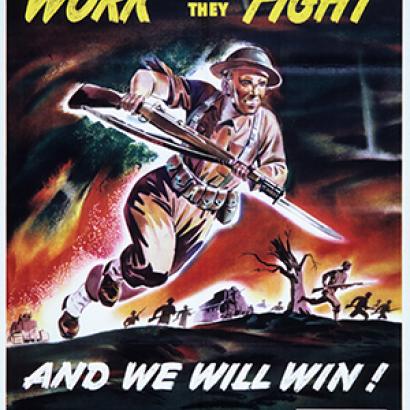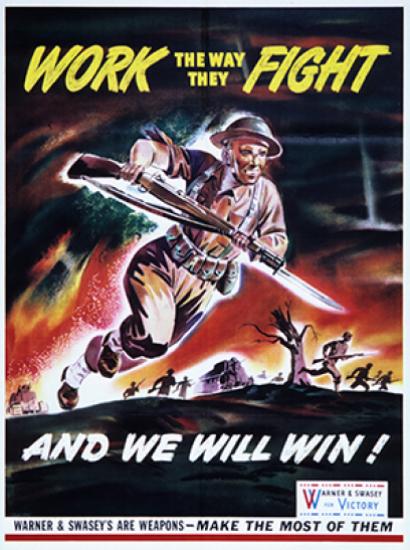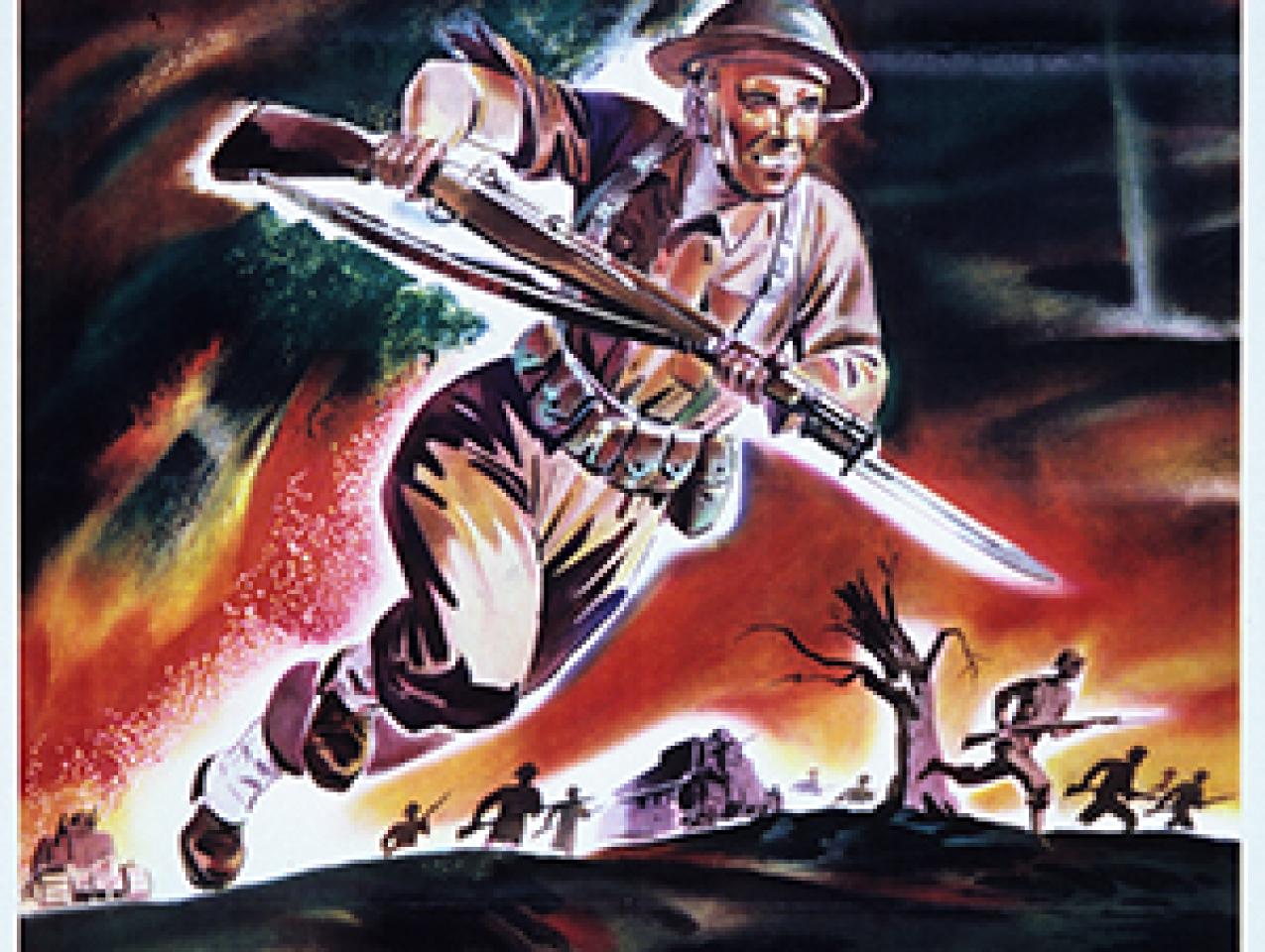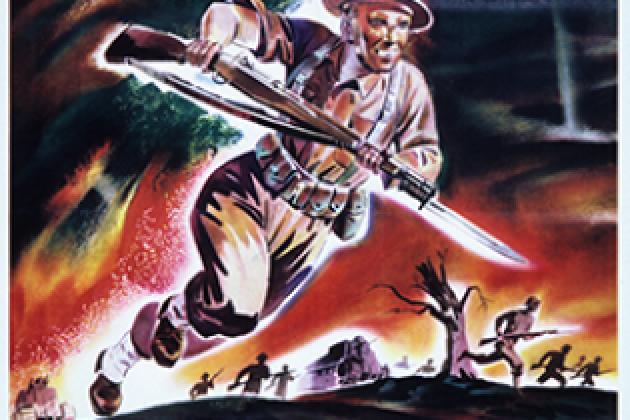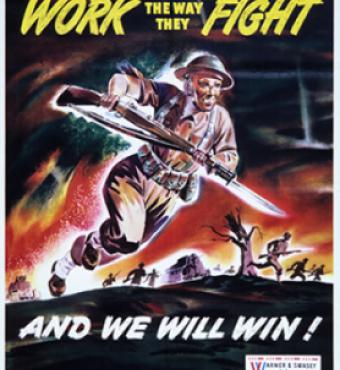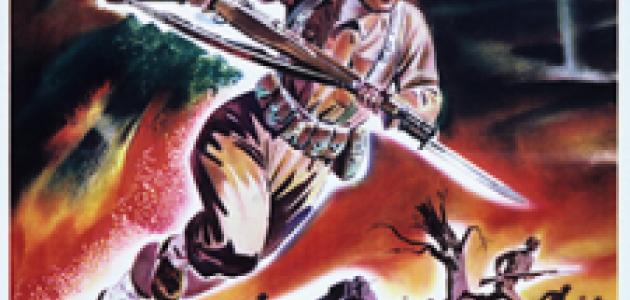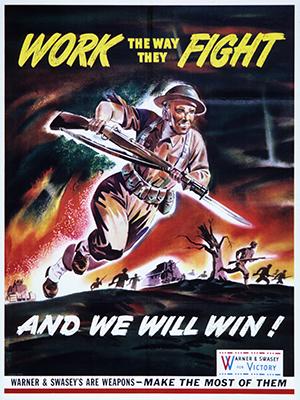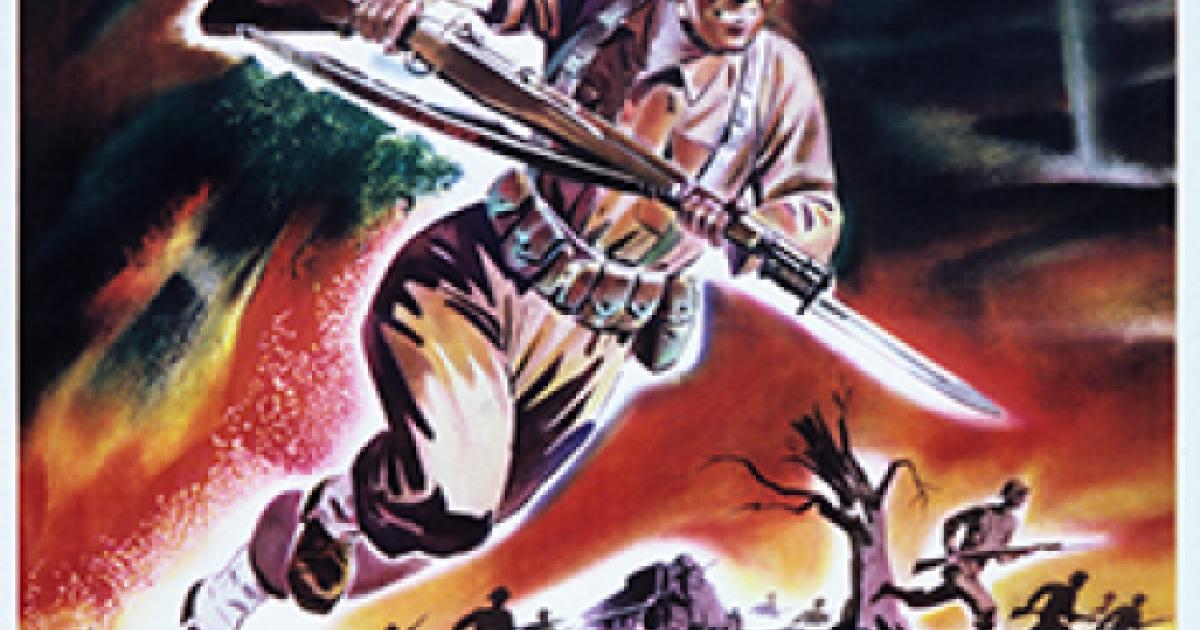- History
- Military
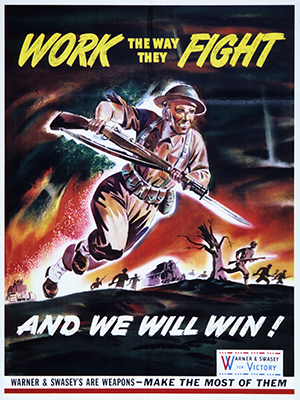
At the start of the sixteenth century, Europe appeared the least impressive of the global civilizations, certainly the least likely to achieve a dominant position in the world. Europe was little more than a conglomeration of small, nasty states and cities, sharing a common religion and a common, ferocious desire to fight each other. Moreover, that common religion was about to be shattered by the Reformation. Despite their own penchant to slaughter each other, the Europeans were under constant pressure from the powerful Ottoman Empire, not only in the Balkans, but in the Mediterranean as well. Yet, within a period of less than three centuries, these quarreling European states would be well on the way to acquiring domination over the globe. By 1750, the Inca and Aztec civilizations in the Americas had collapsed; the Ottomans were in retreat; and throughout Asia, the Europeans seemed unbeatable. How to explain this sudden “rise of the West?”
There appear to have been two major factors in the rise of the West: the continuing intensive competition among the European states and gunpowder. Well, one might argue, gunpowder had been invented by the Chinese and was certainly known to the Ottomans before the Europeans. After all, the latter had used great cannons to bring down the walls of Constantinople in 1453, hadn’t they? That is certainly true, but what it misses is the importance of the symbiosis between gunpowder and the constant, almost interminable wars among the Europeans. What the constant wars created was an interest in innovating to improve the capacity to destroy the enemy, and gunpowder weapons provided a unique ability to create new methods and means to smash up the landscape and slaughter the other. But the other was also innovating at the same time.
Before 1500, there had been relatively little innovation in how mankind waged war among the major civilizations. The formations of Swiss pikemen who crushed Charles the Bold’s Burgundian knights at the Battle of Nancy in 1477 resembled the Greek phalanxes of 500 BC, a gap of nearly two thousand years. The Romans developed a more tactically flexible formation with their legions than the Macedonian phalanx, but the development took considerable time to evolve. Marius’ reforms in the first century BC developed the cohort legion. That formation formed the basis of Republican and Imperial armies, which dominated the Mediterranean basin and southern and western Europe from 100 BC to AD 230. Throughout that period, tactical principles and weapons remained much the same. From the ancient to the medieval world, methods of fighting remained much the same. Spears, swords, daggers, and arrows did the killing, and it was done face-to-face, man against man. Yes, the longbow was a far deadlier weapon than early bows. Yes, the crossbow was a considerable improvement over all bows except the longbow, but neither weapon represented anything new.
However, beginning in the fifteenth century gunpowder weapons offered a path to innovation, a path that the constant warfare among European states and cities encouraged and enabled. The first effective cannons led to the destruction of the great castles that had protected Europe’s nobility. Similarly, they destroyed the English ability to hold on to their conquests in Normandy and southern France. Yet, only shortly after cannons began reducing medieval walls to rubble, the Italians developed the trace italienne, which made fortresses largely impermeable to cannons. Within less than half a century, the trace italienne had spread throughout Europe and by the1570s had reached the New World.
Early in the sixteenth century, primitive gunpowder weapons, protected by pikes, formed the basis of infantry formations. At the end of that century, Maurice of Nassau reinvented the Roman system of war with its heavy emphasis on training and discipline and added a means to thin out infantry formations on the battlefield and, thus, increase firepower. Gustavus Adolphus of Sweden then took the Dutch reforms and added light artillery to the mix to begin what Michael Roberts termed a military revolution. Over the last half of the seventeenth century, infantry formations moved from the matchlock musket to the flintlock musket. With the invention of first the plug bayonet and then the socket bayonet, infantry formations no longer required pikemen to protect them from cavalrymen. At the start of the sixteenth century, European sailing ships were dominating the seas off the Arabian peninsula and as far as modern-day Indonesia. Refinement over the course of the seventeenth century then turned Europe’s war ships into the great monsters of the ships of the line.
European warfare was, thus, from the sixteenth century one of constant innovation on land and at sea. Those who failed to innovate and stay up with the competition, such as the Spanish, fell by the wayside. And that constant competition has remained a continual part of the Western way of war through to the present. What, of course, happened in the twentieth century is that others followed that path, beginning with the Japanese. The competition has now continued into our century with little chance that it will end.







